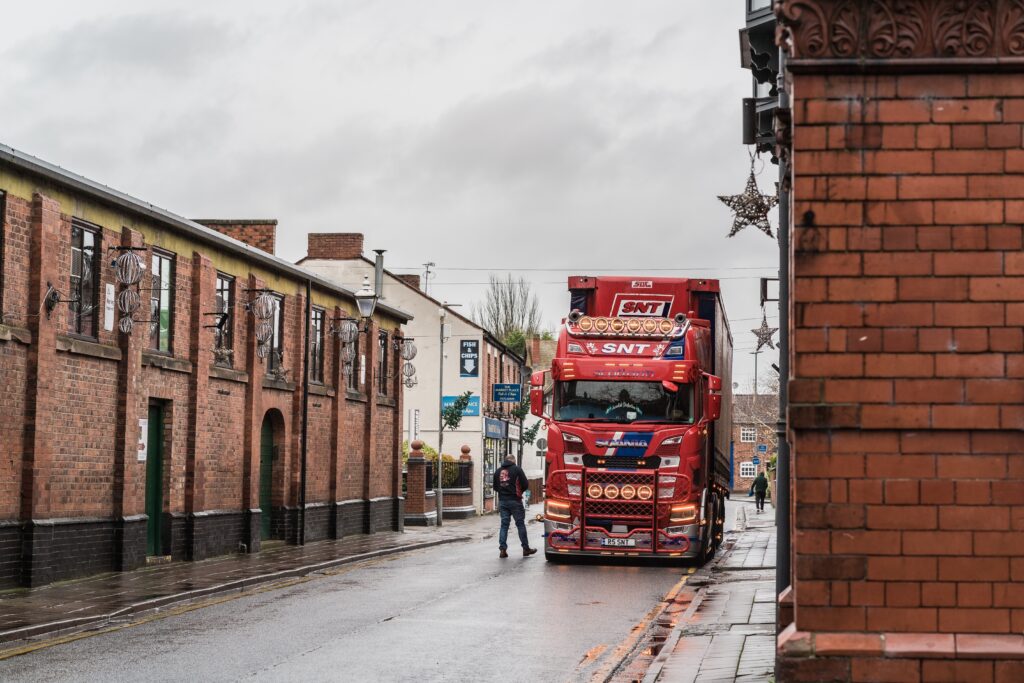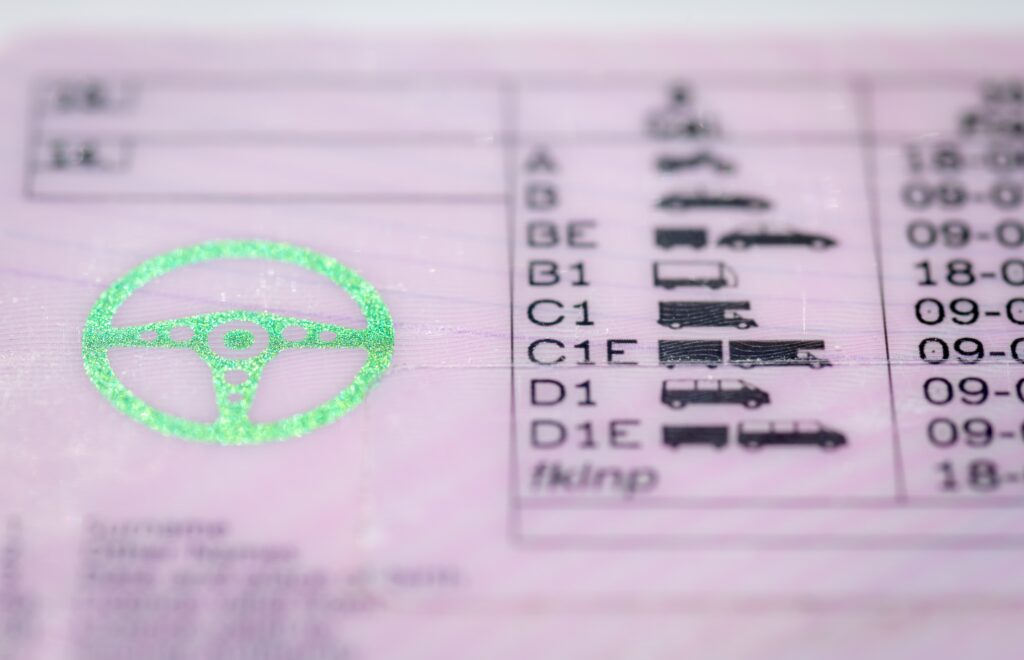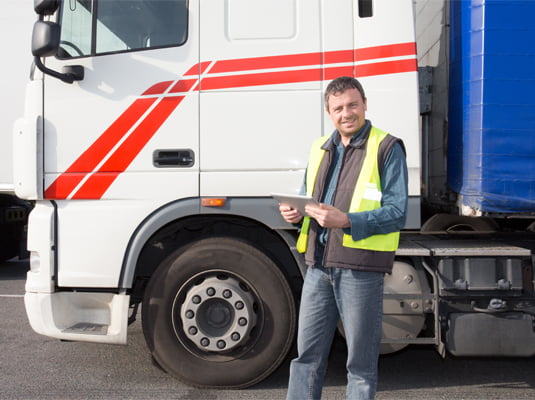Table of Contents
If you are considering a career driving HGVs, you’ll need a different licence from the one you have to get out and about in your family car.
But which will you need to get your HGV journey out of the depot and onto the road?
Explore our handy guide which will give you all the ins and out about which HGV licence you’ll need to get started.
Are there different types of HGV licences?
HGV licences come in three varieties, which correspond to three different vehicle weights:
• The 7.5 Ton Cat C1 licence
• The Class 2 Cat C licence
• The Class 1 Cat C + E licence
Each licence gives you the qualification needed to drive only that weight of vehicle, so if you wish to drive the largest, heaviest vehicles, you will need to progress through each until you reach the largest – the Cat C + E licence.

What can you drive on each HGV licence?
In order to drive such large vehicles, you will need a specific licence type – which is explored below in more detail.
The 7.5 Ton Cat C1 licence
If you are looking to drive rigid vehicles weighing between 3.5 tonnes and 7.5 tonnes, sometimes called final mile lorries, this licence is for you.
On this licence you can also drive ambulances, some removal vehicles, supermarket delivery vehicles, and horseboxes.
It is important to note that if you gained your Cat B (car) licence before 1st January 1997, you don’t need to add any further entitlement to your licence to drive a vehicle up to 7.5 tonnes – as you will have what is called Grandfather rights.
These Grandfather rights stop people from losing their jobs, in this case driving jobs, as the rules change. It ensures current drivers are deemed safe until proven otherwise because they have been performing the skill (driving a vehicle up to 7.5 tonnes) for some time.
If you got your licence on 2nd January 1997 or later, you would have to pass the C1 test to gain the entitlement to your licence.
Similarly, if you wish to drive Cat 1, or any large vehicles explored below professionally, no matter when you passed your test, you will need to pass the Driver Certificate of Professional Competence (CPC).
*DID YOU KNOW?
HGV Training Network offers a range of finance options for trainee HGV drivers – helping you retrain without worry and getting you out on the open road without delay!

The Class 2 Cat C licence
For vehicles over 7.5 tonnes with rigid bases that do not exceed 32 tonnes, including a trailer weighing up to 750kg, you will need a Cat C licence.
These lorries are best for driving on larger roads and generally make local and domestic deliveries.
Drivers on this licence are also qualified to drive fire engines, large removal trucks, and refuse or recycling lorries, as well as anything from the 7.5 Ton Cat C1 licence.
The Class 1 Cat C + E licence
If you dream of cruising in the largest vehicles on UK roads, you’ll need a Cat C + E licence – which includes all articulated vehicles of up to 44 tonnes with a detachable trailer.
Articulated HGVs are usually used for longer haul, motorway routes in the UK but can travel across Europe and the continents of the world making deliveries and picking up orders – so are perfect for drivers with an itch to explore and no commitments at home.
With this licence, you can drive drawbar or articulated vehicles, any vehicles above 7.5 tonnes, tractors with a long trailer, and anything from the 7.5 Ton Cat C1 licence and the Class 2 Cat C licence. Compared to a trailer license which only allows you to drive a trailer.
*Want to know more about the HGV theory and practical tests? Got questions about getting started?
Contact HGV Training Network today and one of our expert team members can help answer any questions you might have.
Recent government changes to the Class 1 Cat C + E test and licence
At the time of publication, new rules currently in place as of November 15th 2021, apply directly to HGV trainees learning to drive Cat C and Cat C + E lorries.
These changes mean that you now don’t have to pass the Class 2 Cat C test to move onto the Cat C + E licence if you have a provisional lorry licence.
You can move straight from gaining your 7.5 Ton Cat C1 licence to training and gaining your Class 1 Cat C + E licence – which can save some HGV drivers valuable time.
However, if you don’t want to drive articulated lorries and are happier in a Cat C rigid lorry, you don’t need to – instead, simply complete the training and test for vehicles on the Class 2 Cat C licence.

Contact HGVTN today to get your HGV licence
Looking to trade the 9-5 for the open road and career freedom?
With almost endless career options for professional drivers and the ability to gain your HGV licence from HGVTN in as little as a few weeks (if you have drivers experience) or around 5-6 weeks for those without – you’ll soon be packing up your desk and getting out into the world.
What are you waiting for get started with HGV Training, HIAB training, PCV training, ADR training and Horsebox training?
Call HGV Training Network today on 0800 254 5007 if you’re ready to book, or browse one of our 50 UK locations to find one that suits you.








